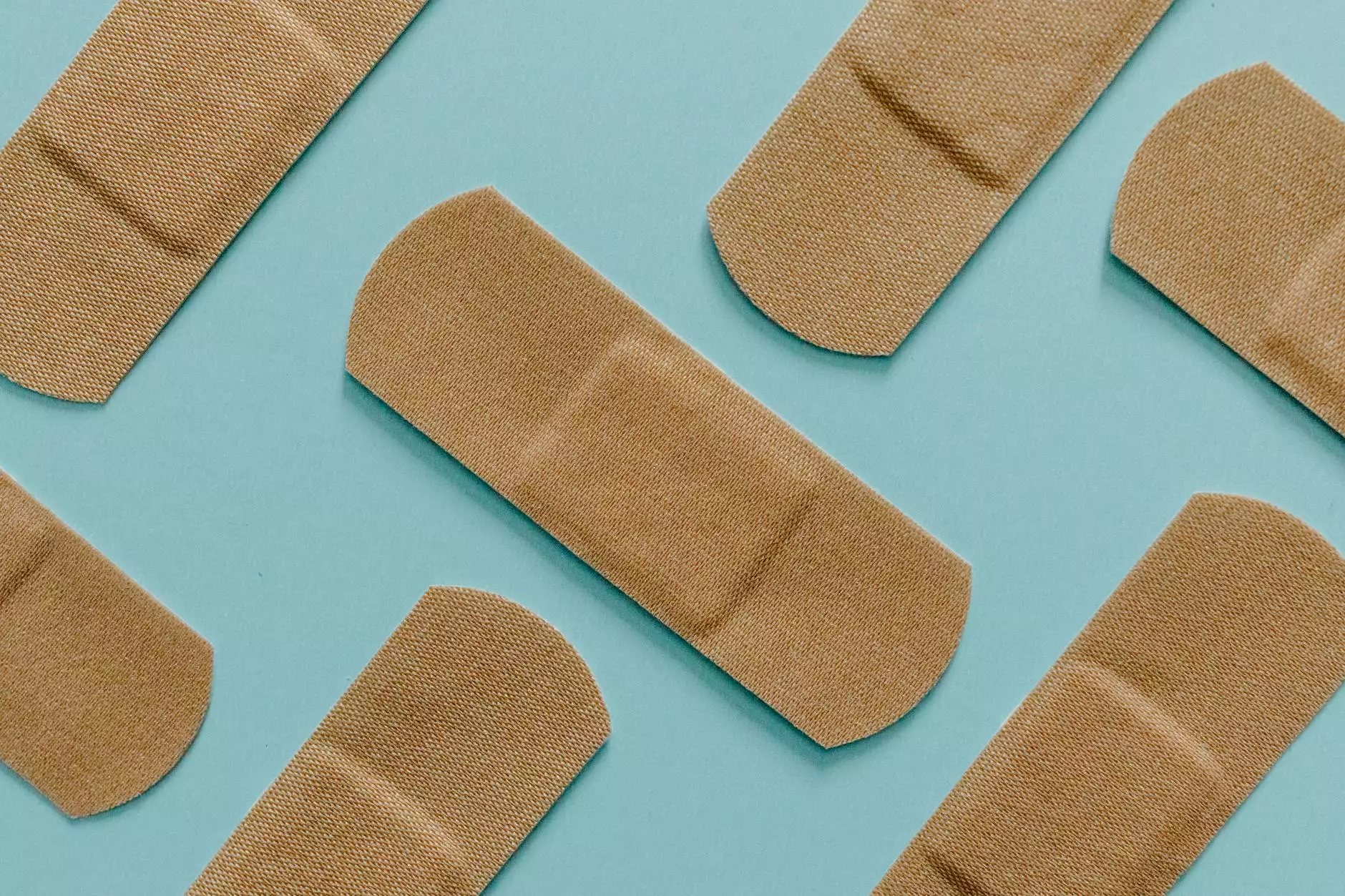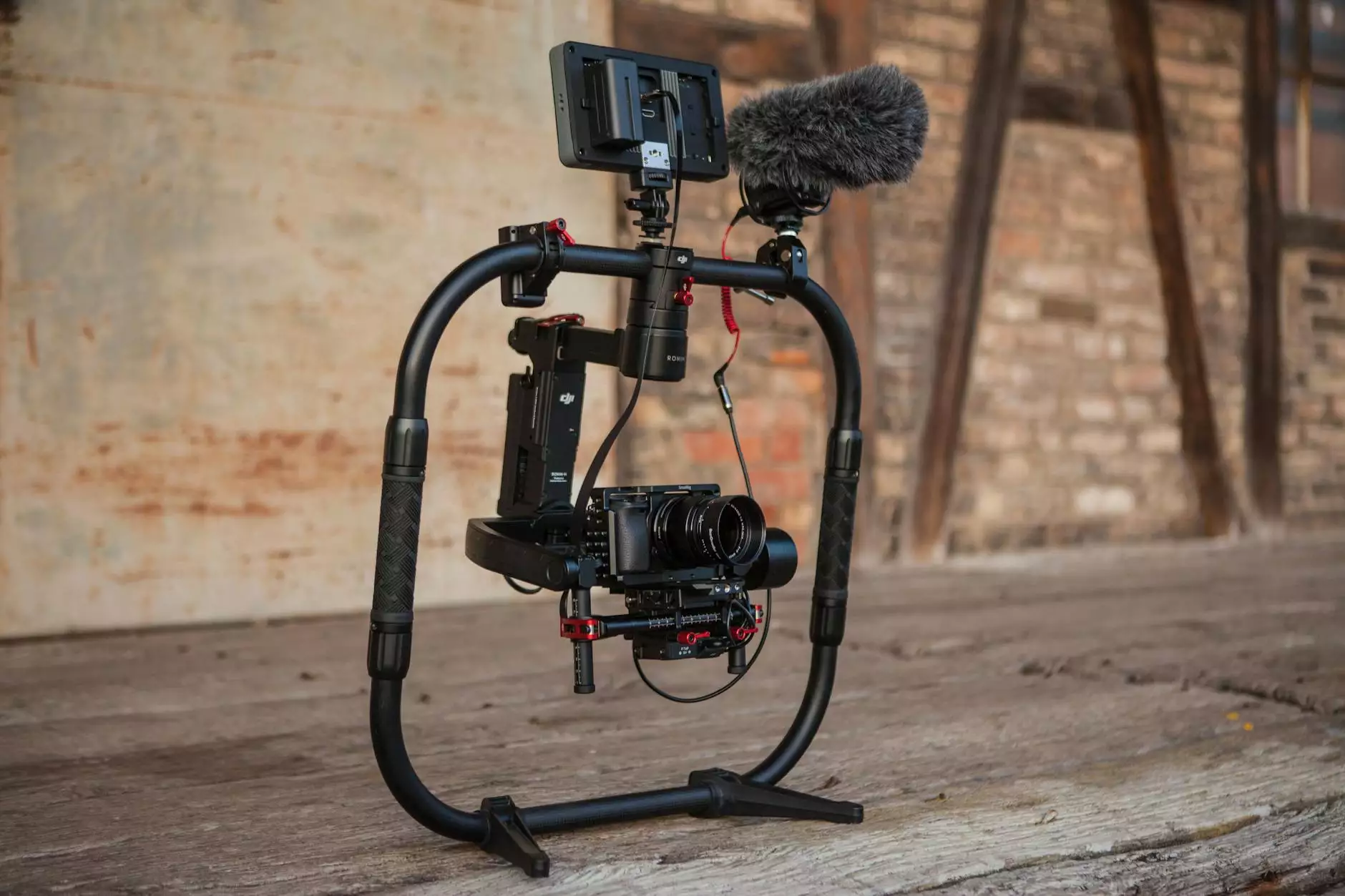Understanding T4 Spinal Cord Injury Symptoms: A Comprehensive Guide for Better Health and Rehabilitation

Spinal cord injuries (SCI) are among the most complex and impactful health conditions, affecting millions worldwide. Among these, injuries at the T4 vertebral level hold particular significance due to their profound effects on mobility, sensation, and overall quality of life. This detailed guide delves into the symptoms associated with T4 spinal cord injury, exploring diagnostic procedures, treatment options, and the latest advancements in care and rehabilitation. Whether you're a patient, caregiver, or medical professional, understanding these facets empowers you to make informed decisions and optimize recovery strategies.
What Is a T4 Spinal Cord Injury?
The T4 spinal cord injury refers to damage occurring at the fourth thoracic vertebra, a part of the mid-back region. The thoracic spine consists of 12 vertebrae (T1-T12), and an injury at the T4 level typically results from trauma such as falls, vehicular accidents, or sports injuries. The severity and specific symptoms depend on whether the injury is complete or incomplete.
An injury at T4 usually impacts neural pathways that control lower limb movements, trunk stability, and autonomic functions. This means affected individuals may experience paralysis or weakness in their legs, along with sensory deficits and issues with internal organ regulation.
The Significance of Recognizing T4 Spinal Cord Injury Symptoms
Early recognition of t4 spinal cord injury symptoms is crucial to initiate prompt medical interventions, minimize complications, and plan effective rehabilitation programs. Recognizing the changes in sensation, motor function, and autonomic control helps healthcare providers diagnose the extent of injury, assess prognosis, and tailor treatments accordingly.
Common T4 Spinal Cord Injury Symptoms: A Detailed Overview
Symptoms of T4 spinal cord injuries manifest across various physical and autonomic functions. They can vary widely depending on the injury’s severity but generally encompass the following:
Sensory Symptoms
- Numbness or loss of sensation in the trunk, legs, and sometimes parts of the chest.
- Altered sensation or absence of pain, temperature, or touch perception below the injury level.
- Loss of proprioception, affecting body position awareness.
- Sensitivity to stimuli that can lead to painful spasms or allodynia (pain from non-painful stimuli).
Motor Symptoms
- Paralysis or weakness in the lower extremities—often termed paraplegia.
- Reduced or absent voluntary control over trunk muscles.
- Difficulty with movements such as standing, walking, or maintaining balance.
- Spasticity or increased muscle tone below the injury site.
Autonomic and Physiological Symptoms
- Impaired bladder and bowel control (neurogenic bladder and bowel).
- Abnormal sweating or vasomotor responses, leading to temperature regulation issues.
- Altered cardiovascular responses, such as hypotension or orthostatic hypotension.
- Potential respiratory difficulties depending on injury severity and associated complications.
Additional Symptoms Specific to T4 Level
Because T4 is situated near the lower end of the thoracic spine, symptoms predominantly affect the lower body, with intact functionality of upper limbs in many cases. However, some individuals may experience partial trunk control, affecting balance and stability.
Diagnosing T4 Spinal Cord Injury: Procedures and Tests
Accurate diagnosis of T4 SCI requires comprehensive evaluation, including clinical examination and diagnostic imaging. The following are standard procedures:
- Neurological Assessment: Detailed evaluation of motor and sensory functions to grade the extent of injury.
- Magnetic Resonance Imaging (MRI): Provides detailed images of the spinal cord, nerve roots, and surrounding tissues to identify compression, bleeding, or swelling.
- Computed Tomography (CT) Scan: Offers rapid assessment of bony injuries, fractures, or dislocations of the vertebrae.
- Somatosensory Evoked Potentials (SSEPs): Tests neural pathway integrity to assess the conduction of sensory signals.
- Urodynamic Studies: Evaluate bladder function in cases of neurogenic bladder.
Early and precise diagnosis is vital to developing an effective treatment plan and improving long-term outcomes.
Effective Treatment Strategies for T4 Spinal Cord Injury
Managing T4 SCI encompasses a multidisciplinary approach involving acute care, stabilization, rehabilitation, and long-term management. Treatment options aim to prevent secondary damage, preserve nerve function, and maximize independence.
Immediate Medical Interventions
- Immobilization: To prevent further injury, stabilization of the spine using braces or surgical fixation.
- High-dose Corticosteroids: Administered within hours of injury to reduce inflammation and neural tissue damage.
- Surgical Decompression: In cases of spinal compression or fracture, procedures like laminectomy or spinal fusion may be necessary.
Rehabilitation and Management
- Physical Therapy: Focused on maintaining joint flexibility, muscle strength, and improving trunk stability.
- Occupational Therapy: Aims to regain independence in daily activities and adapt to functional limitations.
- Assistive Devices: Use of braces, wheelchairs, or standing frames to facilitate mobility.
- Bladder and Bowel Management: Techniques include catheterization and bowel programs to control neurogenic dysfunction.
Emerging Treatments and Research
Advances in regenerative medicine, including stem cell therapy, neurostimulation, and biomaterials, hold promise for potential recovery of function in SCI patients. Clinical trials are ongoing to evaluate their efficacy and safety. Additionally, neuroplasticity-focused therapies aim to retrain neural pathways and improve mobility.
Living with T4 Spinal Cord Injury: Tips for Optimizing Quality of Life
Maintaining a positive outlook and proactive health management play vital roles in the journey post-injury. Here are essential tips:
- Regular Medical Follow-up: Continuous monitoring for complications such as pressure sores, infections, or autonomic dysreflexia.
- Nutritious Diet: Supporting overall health and preventing secondary conditions like osteoporosis.
- Physical Activity: Adapted exercises to promote circulation and muscle tone.
- Psychological Support: Counseling or peer support communities to address emotional and mental health challenges.
- Education and Advocacy: Understanding rights, available resources, and assistive technologies.
Importance of a Specialized Healthcare Team
Managing T4 spinal cord injury effectively requires collaboration among neurologists, orthopedic surgeons, physiatrists, physical and occupational therapists, social workers, and psychologists. Integrating their expertise ensures comprehensive care, addresses diverse needs, and optimizes recovery potential.
Innovations in Rehabilitation at iaom-us.com
Leading institutions like iaom-us.com focus on innovative approaches to SCI rehabilitation, including advanced physiotherapy methods, neurorehabilitation technology, and personalized treatment plans. Their commitment to cutting-edge research and comprehensive care significantly enhances patient outcomes, providing hope and tangible progress for individuals with T4 spinal cord injuries.
Conclusion: Embracing Hope, Knowledge, and Active Management
The journey following a t4 spinal cord injury can be challenging, but with timely diagnosis, advanced treatment options, and supportive rehabilitation, individuals can achieve meaningful improvements in function and quality of life. Understanding the complex symptoms and management strategies empowers patients and caregivers to take proactive steps toward recovery. As research progresses, the horizon holds promising innovations that may one day transform SCI management completely.
For further information, advanced therapies, and personalized treatment options, consult reputable healthcare providers specializing in spinal cord injuries. Remember that each recovery journey is unique—hope, resilience, and professional support are your most valuable resources.









